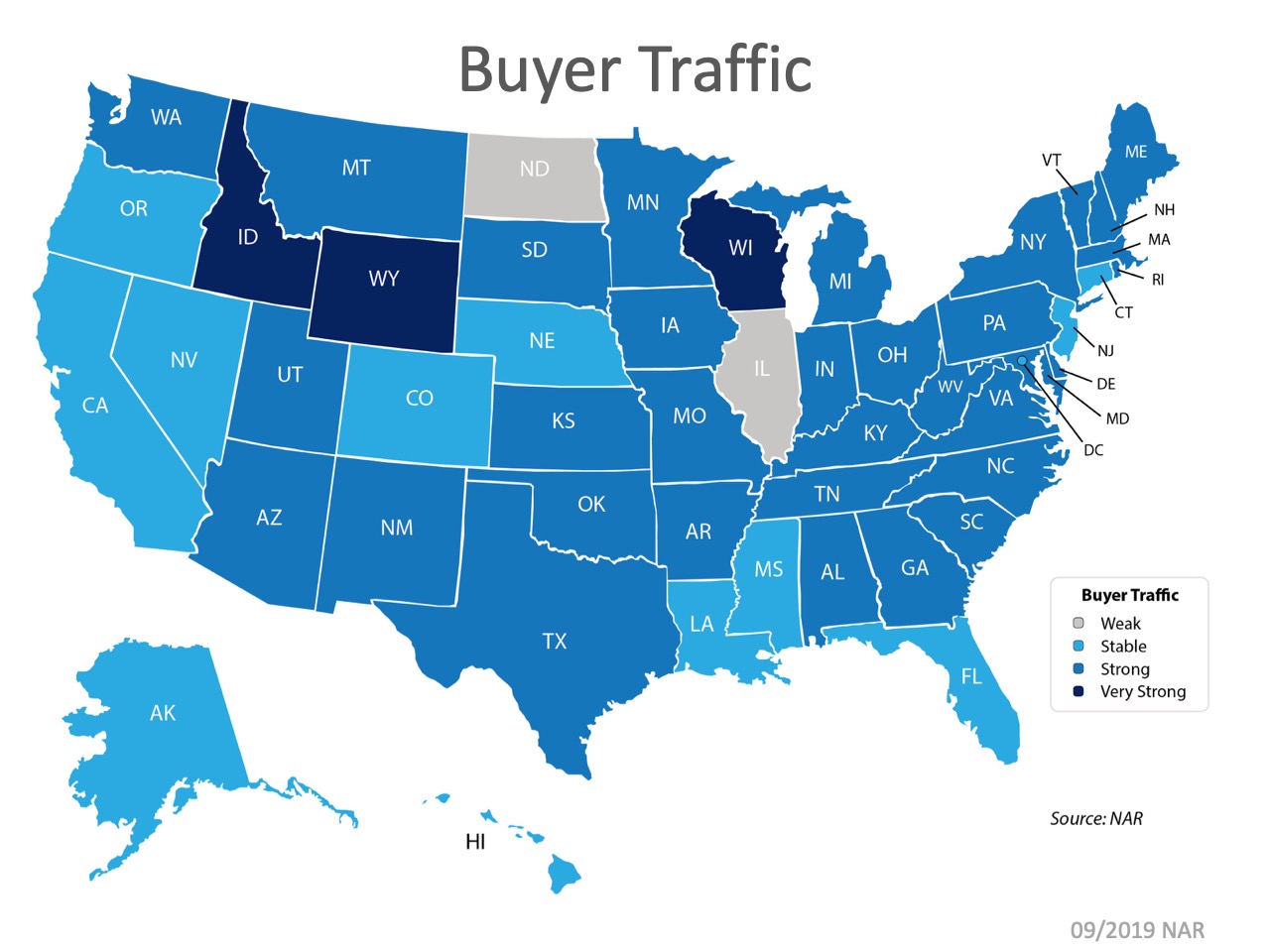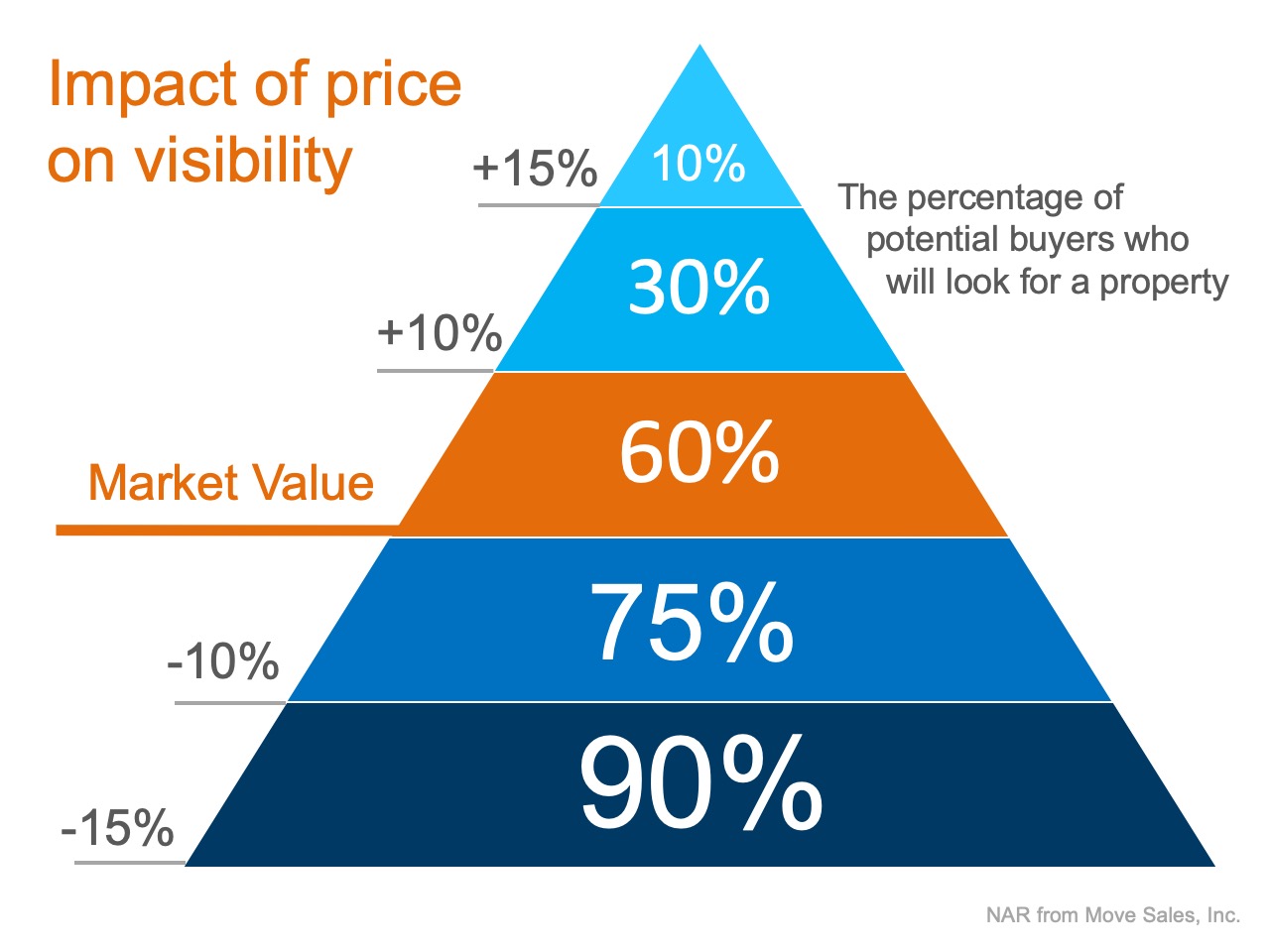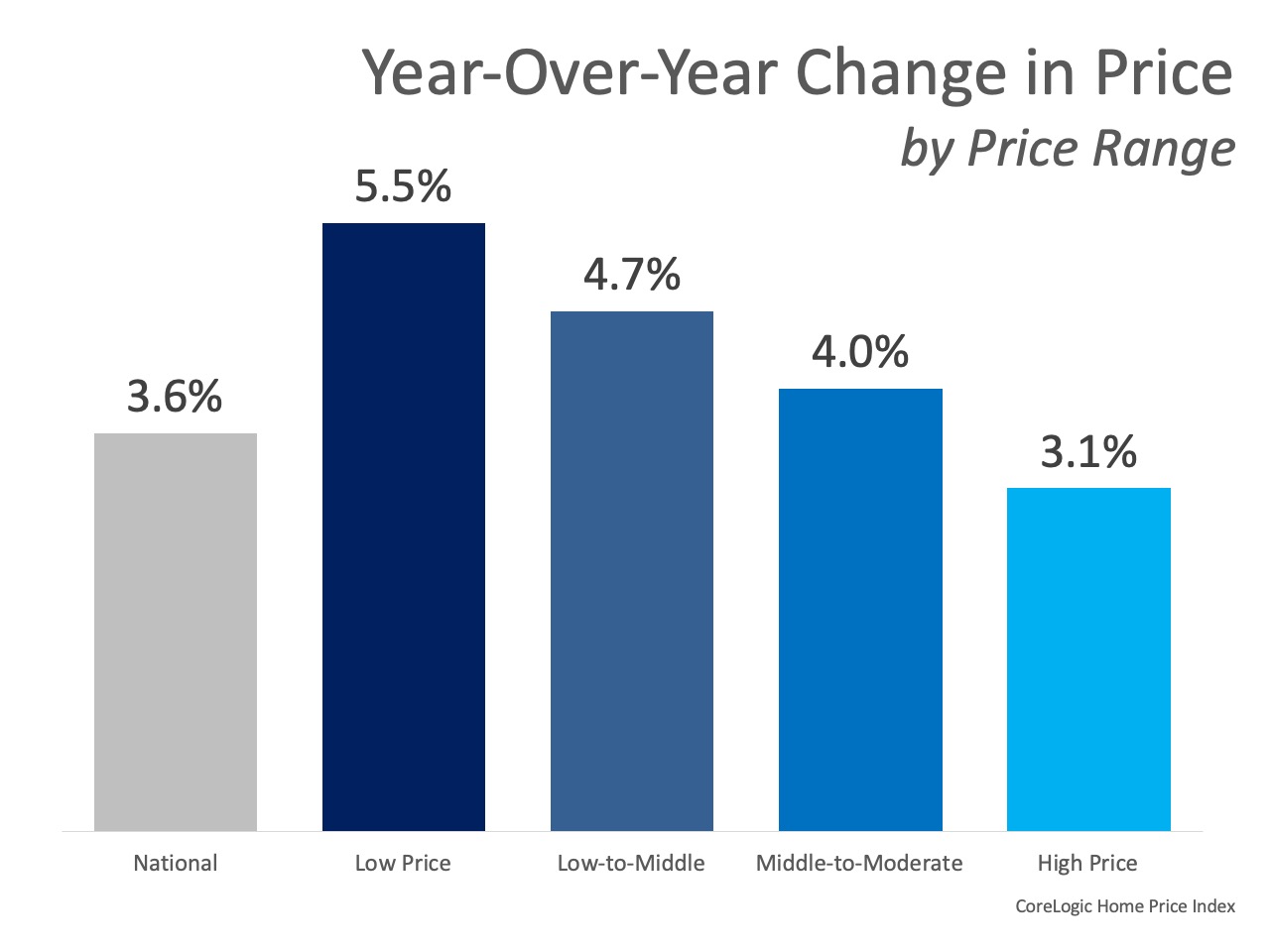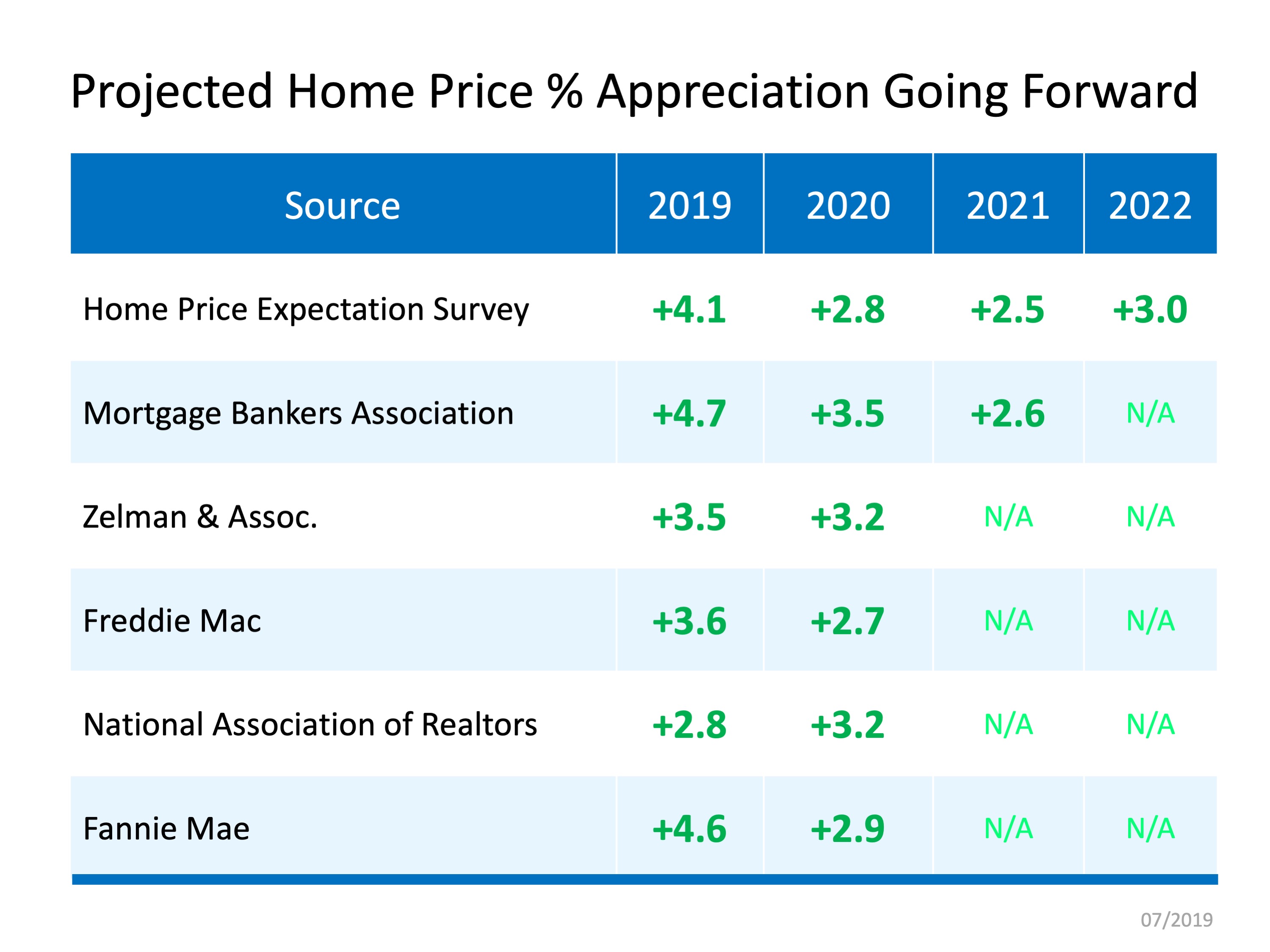
The residential real estate market has been plodding along for most of the year. However, three recent reports show the market may be on the verge of a rebound.
The residential real estate market has been plodding along for most of the year. However, three recent reports show the market may be on the verge of a rebound:
1. Existing Home Sales (closed sales) are up, marking two consecutive months of growth.
2. Pending Home Sales (contracts signed) are up with each of the four major regions reporting both month-over-month growth and year-over-year gains in contract activity.
Here is the month-over-month growth:
- The Northeast rose 0.7%
- The Midwest increased 0.6%
- The South increased 1.4%
- The West grew 3.1%
3. Buyer Traffic (the number of people shopping for a home) is up compared to the same time last year, and for the first time in 13 months.
- The Northeast is up 5.9%
- The Midwest increased 1.3%
- The South is up 2.7%
- The West grew 2.2%
In their most recent report, ShowingTime Chief Analytics Officer, Daniil Cherkasskiy explained:
“The trend we saw in year-over-year buyer traffic in previous months continued across the United States. For all four regions there were more showings per listing this year compared to last year, making it the most competitive August in the last five years.”
Lawrence Yun, Chief Economist with the National Association of Realtors, believes the uptick in activity will continue into the future:
“It is very encouraging that buyers are responding to exceptionally low interest rates…With interest rates expected to remain low, home sales are forecasted to rise in the coming months and into 2020.”
Bottom Line
If you are thinking about selling your house, there are purchasers out there who are ready, willing, and able to buy.













![Home Prices up 5.05% Across the Country! [INFOGRAPHIC] | Simplifying The Market](https://files.simplifyingthemarket.com/wp-content/uploads/2019/07/15142518/20190726-Share-KCM-549x300.jpg)
![Home Prices Up 5.05% Across the Country [INFOGRAPHIC] | Simplifying The Market](https://files.simplifyingthemarket.com/wp-content/uploads/2019/07/25113005/20190729-MEM.jpg)

